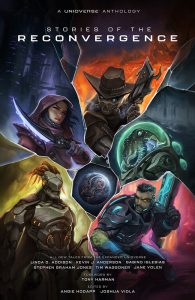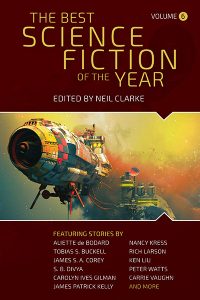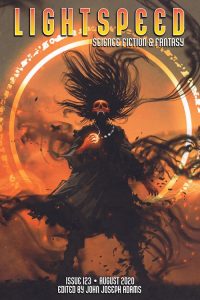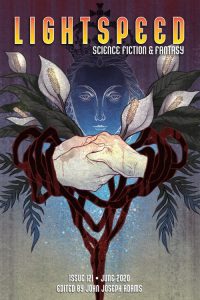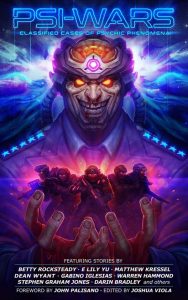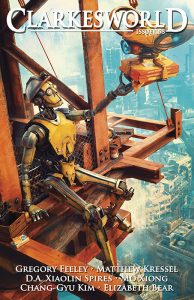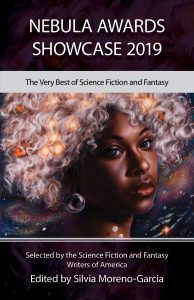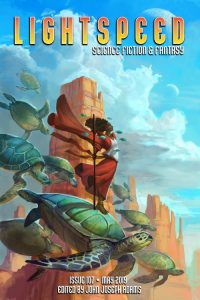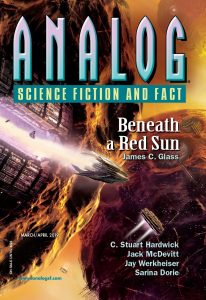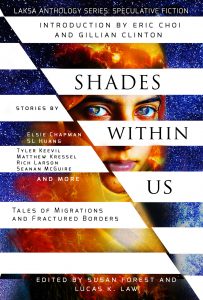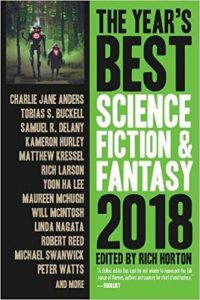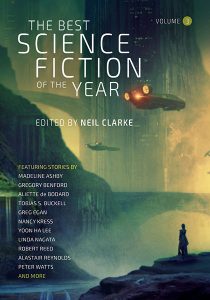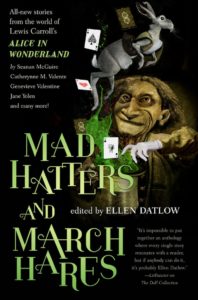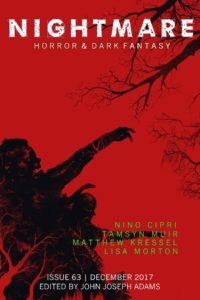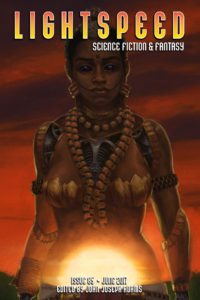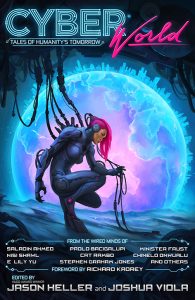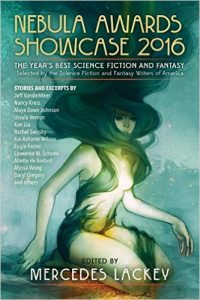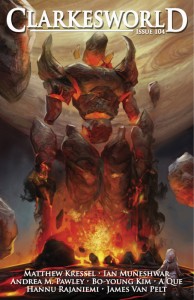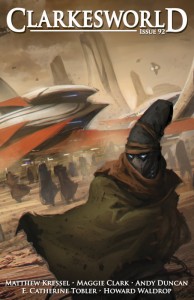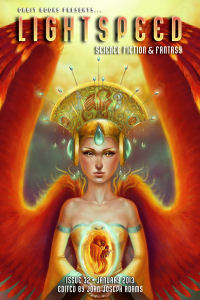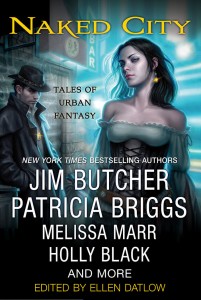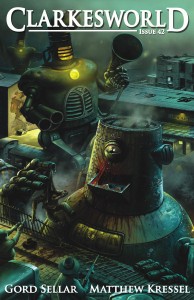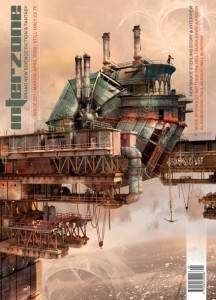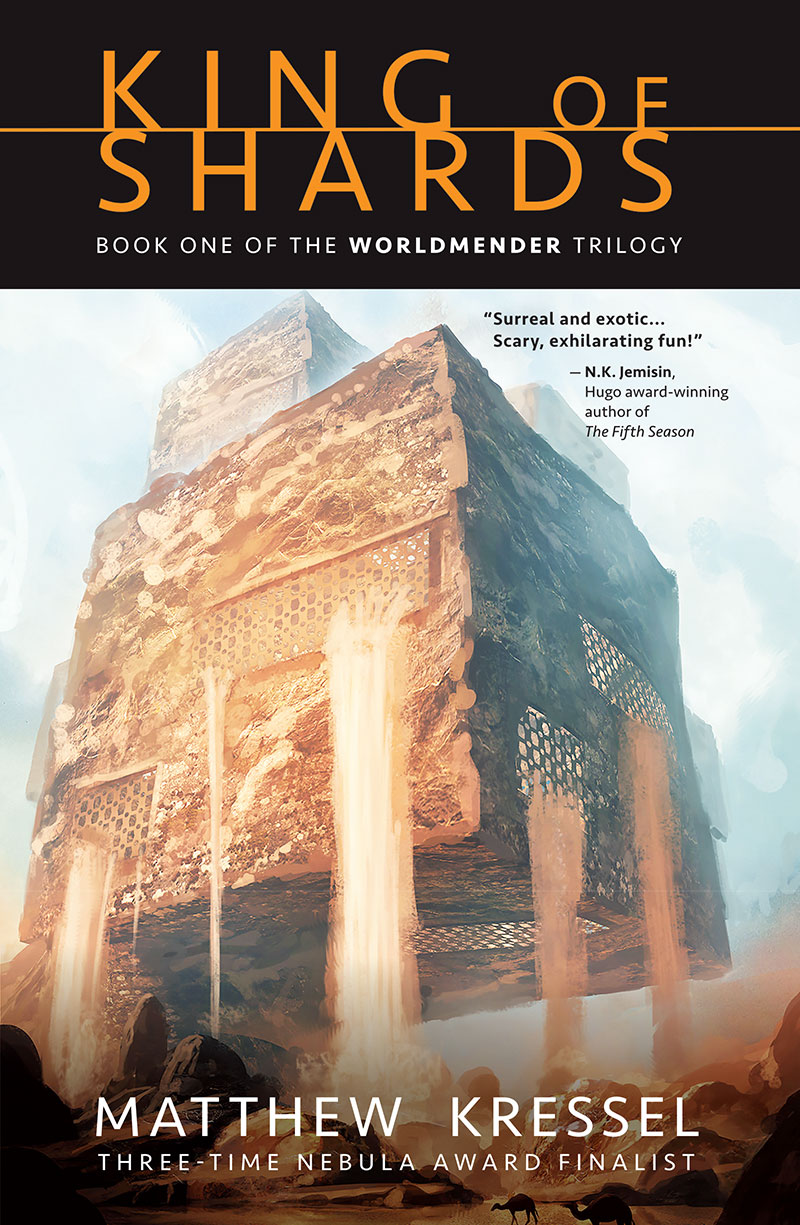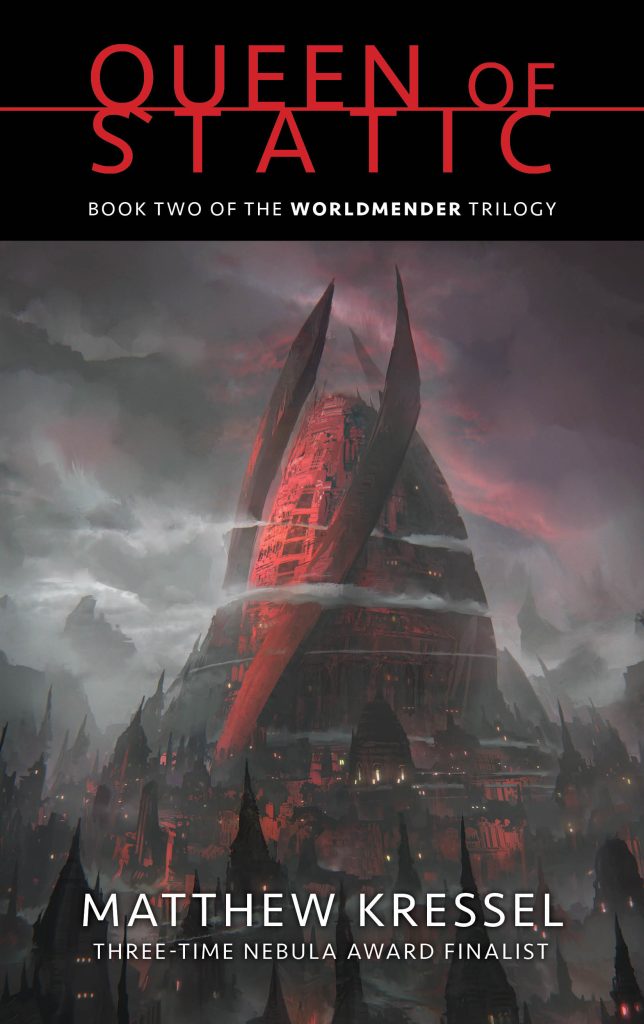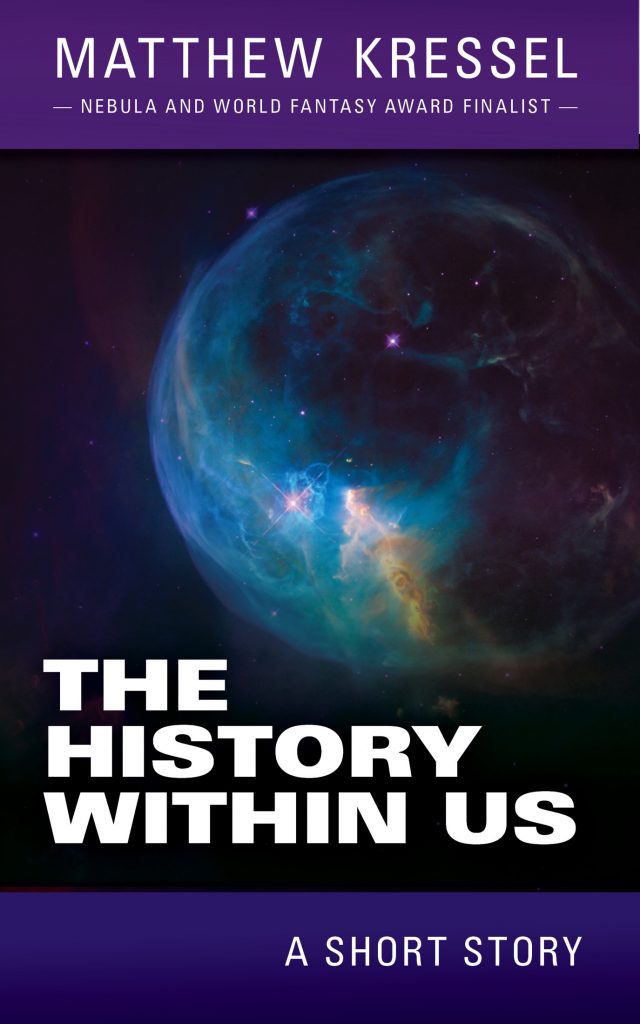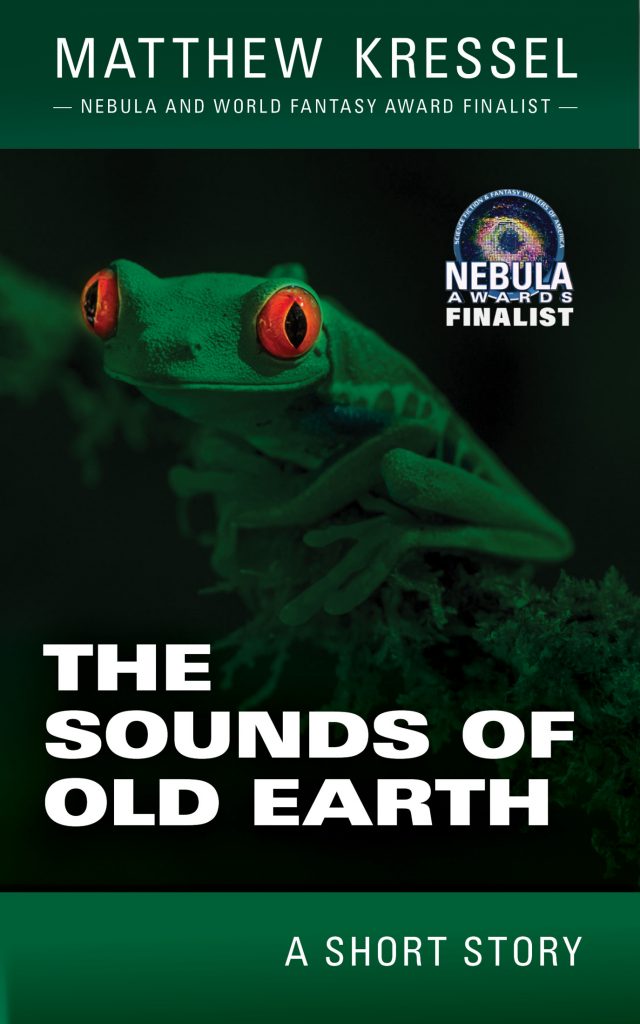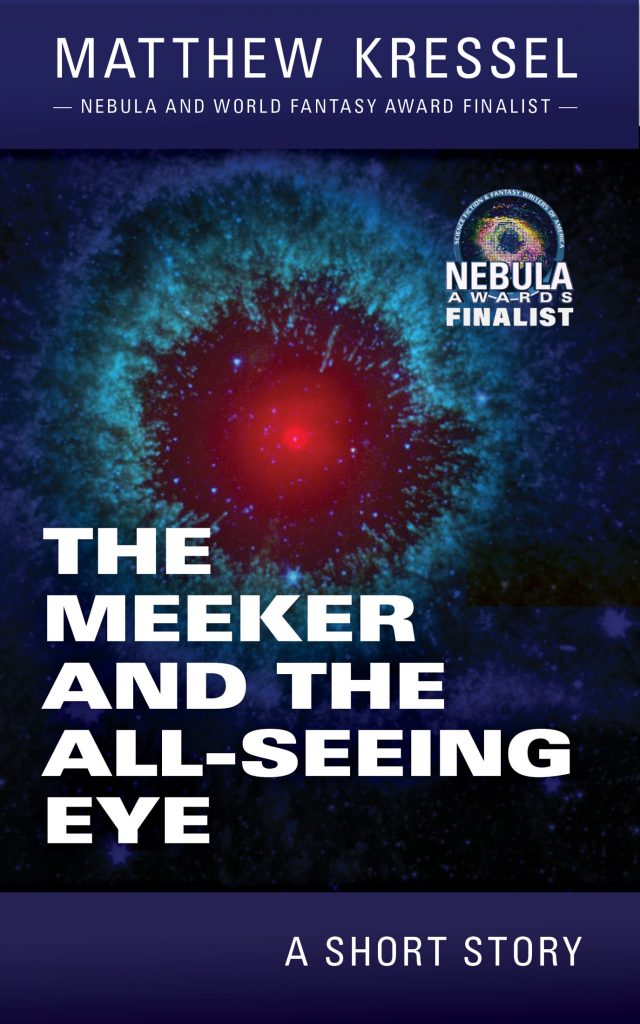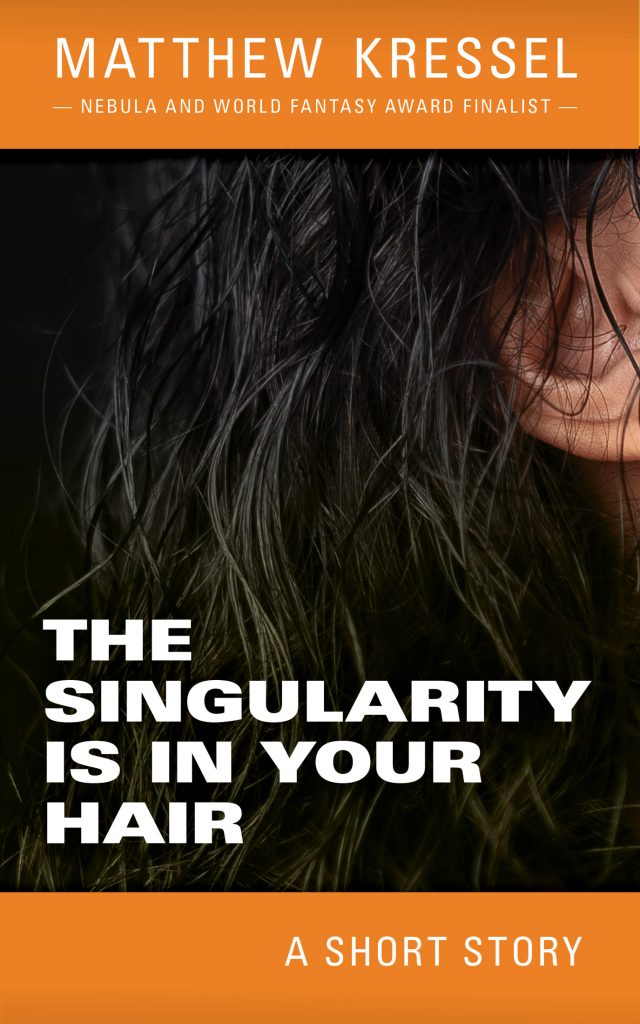To celebrate the October 13th release of my forthcoming debut novel, King of Shards, I will be featuring one new blog entry a day about a different Judaic myth for 36 days. Today’s entry is on The Origin of Chaos.
Day 30: The Origin of Chaos
Before the existence of the world, there was tohu and vohu, chaos and void. Chaos comes from darkness, and the darkness was created by an infinite force that existed before all creation, since the very beginning of existence. This infinite force created many kinds of immortal creatures, all the gods, and all the demons. And from this infinite source came Wisdom, which was made in its likeness. Wisdom took the form of the primordial light and acted as a veil separating us from the world above.
The Myth’s Origins
This myth comes from the Gnostic text, On the Origin of the World, one of the 13 Gnostic texts found in 1945 in Nag Hammadi, Egypt. The text appears to comment on the book of Genesis. Genesis 1:2 says, “Now the earth was unformed and void, and darkness was upon the face of the deep; and the spirit of God hovered over the face of the waters.” And Genesis 1:26 says, “And God said: ‘Let us make man in our image, after our likeness.'”
The myth predates the Kabbalistic system of Sephirot, or divine emanations, but shares many similarities with that concept. The infinite force that predates all things may be the Ein Sof, the endless. When the Ein Sof decides to create, it forms Keter, or crown. This is the first stirrings of its will. This will then creates a vessel in its “image,” known as Wisdom. In the Sephirotic system of Kabbalah, this is Chokhmah. In Gnosticism, this is Sophia.
But whereas the Gnostics see this world as totally evil and needed to be escaped at all costs, the Lurianic Kabbalists see this world as full of good and evil; this world is broken and needs repair to bring it into holiness, and we play a necessary part in that process.
Some Thoughts on the Myth
One of the central tenets of Gnosticism is the notion that we each have s holy spark within us that has fallen into this world and become trapped in a human soul. This spark needs to be awakened by a divine aspect of ourselves so that we can be reunited with the divine. This is quite similar to the later Lurianic concept of the Shattering of the Vessels and the raising of the Holy Sparks, or Tikkun Olam.
There are other parallels as well. In Gnosticism, creation of the world is seen as a kind of divine accident or fall from a prior supernal state. In Lurianic Kabbalah, creation is a conscious decision by God. Nevertheless, God’s creation shatters; his primordial worlds cannot hold his light, and they “fall” to the earth.
In Gnosticism, the divine spark within us is trapped in a realm of shadows. This parallels the Kabbalistic Sitra Achra, or the Other Side, in which forces of evil cling to the fallen sparks when we commit acts of sin. In both traditions, the purpose of existence is to reunite these fallen sparks back to their divine home. In Gnosticism, the sparks are wholly within, but in Kabbalah, the sparks are seen as within and without: the world needs repairing too.
It makes me wonder how much Isaac Luria knew of Gnosticism and its teachings. Was he learned in Gnostic texts, or were the ideas transmitted to him through other means? While Isaac Luria’s myths are said to have come from his readings of the Zohar, his ideas are close enough to Gnostic concepts that it’s clear their’s a causal relationship between the two conceptual systems, but perhaps not a direct one.
Modern Jewish orthodoxy follow many customs based on the kabbalistic myths set down by Isaac Luria and his disciples, which means that, in an indirect way, the Hasidim are modern practitioners of an ancient form of Gnosticism, filtered through a Talmudic lens. Which is super fascinating to consider, because the Gnostics were a second-century heretical Christian sect who got their ideas from Buddhists and Neoplatonists and Aristotelians, to name a few!
Just call it a myth salad.
Tomorrow’s Myth: Dybbuks, the Possessing Spirits
